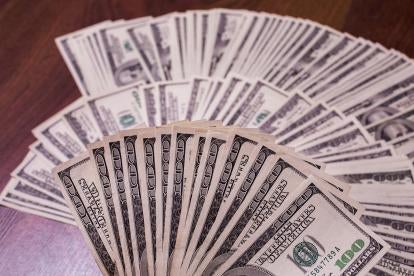This entry is part of Nelson Mullins’s ongoing “Bankruptcy Basics” blog series that is intended to address foundational aspects of bankruptcy for non-bankruptcy practitioners and professionals. This entry will discuss sales of assets “free and clear” under section 363 of the Bankruptcy Code.
Under section 363 of the Bankruptcy Code, a debtor-in-possession in a chapter 11 bankruptcy proceeding can seek court approval to sell some or all of the debtor’s assets, free and clear of all claims and encumbrances. This process is beneficial for debtors in that it allows for a more streamlined method of liquidating its assets. It is also beneficial to creditors in that it ensures that the assets are sold for a reasonable price. Finally, it is beneficial to purchasers who are able to obtain assets, typically at a discount, without fear that they will later be clawed back or otherwise diminish in value as a result of any liens or other encumbrances.
The section 363 sale process is a public auction. The debtor must market the assets and sell them through a court-approved auction process. Typically, the debtor will initially file a motion for approval of “bidding procedures” which will govern the process for the sale. Once approved, the debtor will market the assets to potential purchasers. This process can be done by the debtor itself, or through a marketing or investment banking professional/firm. If a marketing professional is utilized, their employment will have to be approved by the bankruptcy court.
Often in section 363 sales, there will be an initial “stalking horse” bidder that will perform the initial due diligence on the assets to be sold and enter into an asset purchase agreement with the debtor for the sale of the property, subject to the possibility of higher and better offers being accepted at the auction. The benefit of being a stalking horse bidder is that this bidder typically can set the initial value of the assets and is often granted certain “bid protections” in the event they are out-bid, including a break-up fee and/or expense reimbursement. The stalking horse bidder can also negotiate for minimum overbid amounts for the auction.
Once the bid procedures are approved by the bankruptcy court and the marketing period has closed, any potential bidders that have satisfied the bid procedures and have met the criteria to be designated as qualified bidders will be able to participate in the auction. Upon conclusion of the auction, a winning bidder, and typically a back-up bidder, will be identified. At that time, the debtor and the buyer will need to obtain court approval of the sale through a sale confirmation hearing and order. Typically, the sale will be approved unless there was a problem with the auction process not conforming to the approved procedures.
Upon entry of a confirmation order by the court, the buyer and debtor will have to execute a final purchase agreement and the sale transaction will be closed. This process typically takes 30-60 days from the approval of the bid procedures to entry of the sale confirmation order.




 i
i


